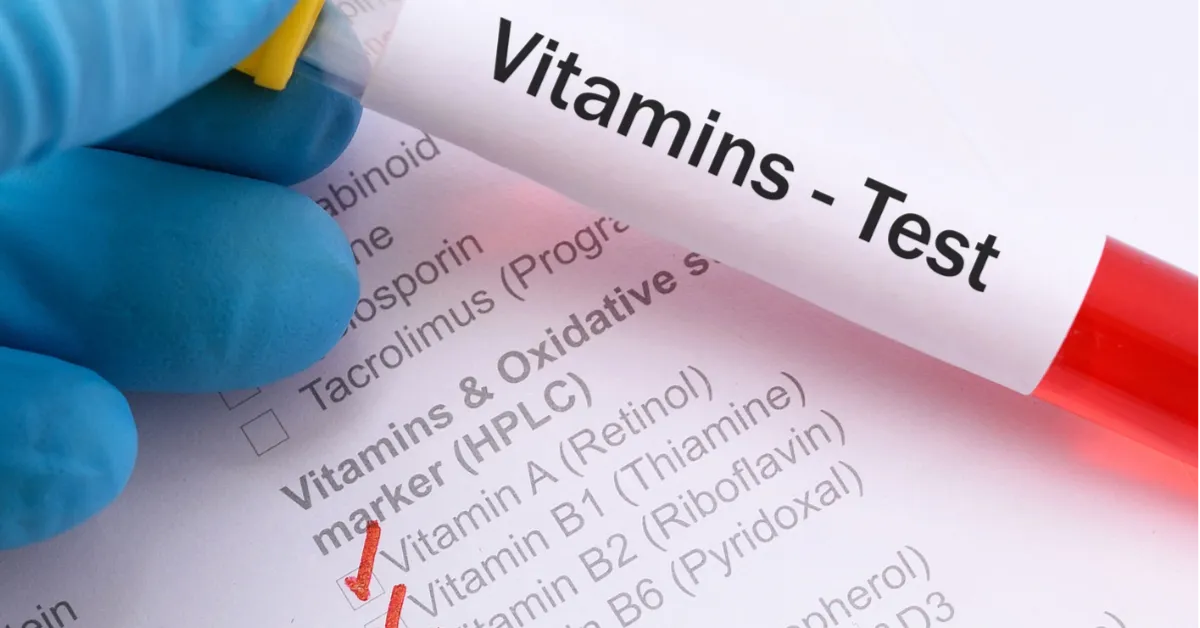ISO 21454 Pantothenic Acid (Vitamin B5) Testing in Processed Foods
The testing of pantothenic acid, or Vitamin B5, as per ISO 21454 is a crucial step for quality managers and compliance officers in the food and feed sector. This standard ensures accurate measurement of pantothenic acid content, which plays a vital role in various biochemical processes within the human body. The presence of adequate levels of this vitamin is essential for maintaining health and well-being.
Pantothenic acid is often added to processed foods as an essential nutrient. However, its addition must be carefully monitored due to potential overconsumption risks. This testing ensures that the products meet specified nutritional requirements, thereby protecting consumer health. The standard also helps in avoiding underdosage or overdosage of pantothenic acid, which can have adverse effects on human health.
The ISO 21454 methodology involves several steps to ensure accuracy and reliability. Initially, a sample of the processed food is taken and prepared according to specified procedures outlined in the standard. This preparation ensures that the sample accurately represents the content of pantothenic acid within the product. The sample is then analyzed using chromatographic techniques, which are highly precise for detecting trace amounts of vitamins.
The testing process involves several key parameters such as pH levels and temperature control during extraction, ensuring minimal loss of vitamin content. The standard specifies the use of specific reagents to enhance the detection sensitivity of pantothenic acid. Chromatography with UV detection is commonly employed due to its high resolution in separating components of interest.
The results from this testing are crucial for quality assurance and product development. Compliance officers can use these results to ensure that their products meet regulatory standards set by health authorities like the FDA or EU regulations. Additionally, R&D engineers can refine formulations based on test outcomes, optimizing nutritional profiles without compromising safety.
For procurement teams involved in sourcing raw materials, this testing ensures they obtain high-quality ingredients rich in pantothenic acid. By adhering to ISO 21454 guidelines, manufacturers can enhance their reputation by providing safe and effective products that contribute positively to public health.
Why It Matters
The importance of accurate testing cannot be overstated when it comes to pantothenic acid in processed foods. Ensuring compliance with international standards like ISO 21454 helps prevent potential health risks associated with vitamin deficiencies or excesses.
Compliance officers must consider not only the legal requirements but also the ethical implications of their actions. By adhering strictly to these tests, they uphold consumer trust and protect public health. This is particularly important given the growing awareness about the role of nutrition in overall well-being.
R&D engineers benefit from precise measurements as they can make informed decisions regarding formulation adjustments. These insights are valuable for developing new products that not only meet but exceed expectations set by regulatory bodies.
For procurement teams, reliable test results provide assurance that suppliers deliver high-quality raw materials consistently. This consistency is crucial in maintaining product quality throughout the supply chain.
Benefits
Adhering to ISO 21454 for pantothenic acid testing offers numerous benefits across different stakeholders:
- Consumer Protection: Ensures safe consumption by preventing both underdosage and overdosage of essential nutrients.
- Regulatory Compliance: Helps manufacturers comply with local and international regulations, avoiding legal penalties.
- Brand Reputation: Enhances brand image through consistent quality assurance practices that promote trust among consumers.
- Innovation: Encourages continuous improvement in product formulations based on scientific data derived from these tests.
- Ethical Responsibility: Demonstrates a commitment to responsible sourcing and production methods which align with broader societal values.
These benefits collectively contribute to building robust supply chains, fostering innovation, and promoting sustainable practices within the industry.
Quality and Reliability Assurance
The quality assurance process for ISO 21454 testing involves multiple stages designed to ensure reliable results. First, thorough training is provided to laboratory personnel responsible for conducting these tests. This includes understanding the intricacies of the standard, proper handling of samples, and calibration of instruments.
After sample preparation, rigorous quality control measures are implemented at every step of the analytical process. Regular audits are conducted to verify adherence to procedural guidelines. These audits involve both internal checks by laboratory staff as well as external verification from independent bodies.
The use of advanced chromatographic techniques ensures precision and accuracy in detecting pantothenic acid levels within processed foods. Continuous monitoring of equipment performance guarantees consistent results across multiple batches or samples.
Finally, robust reporting systems are employed to document all aspects of the testing process. These records serve as a reference point for future audits and can be used during legal proceedings if necessary. Proper documentation also facilitates traceability throughout the supply chain, ensuring accountability at each stage of production.





